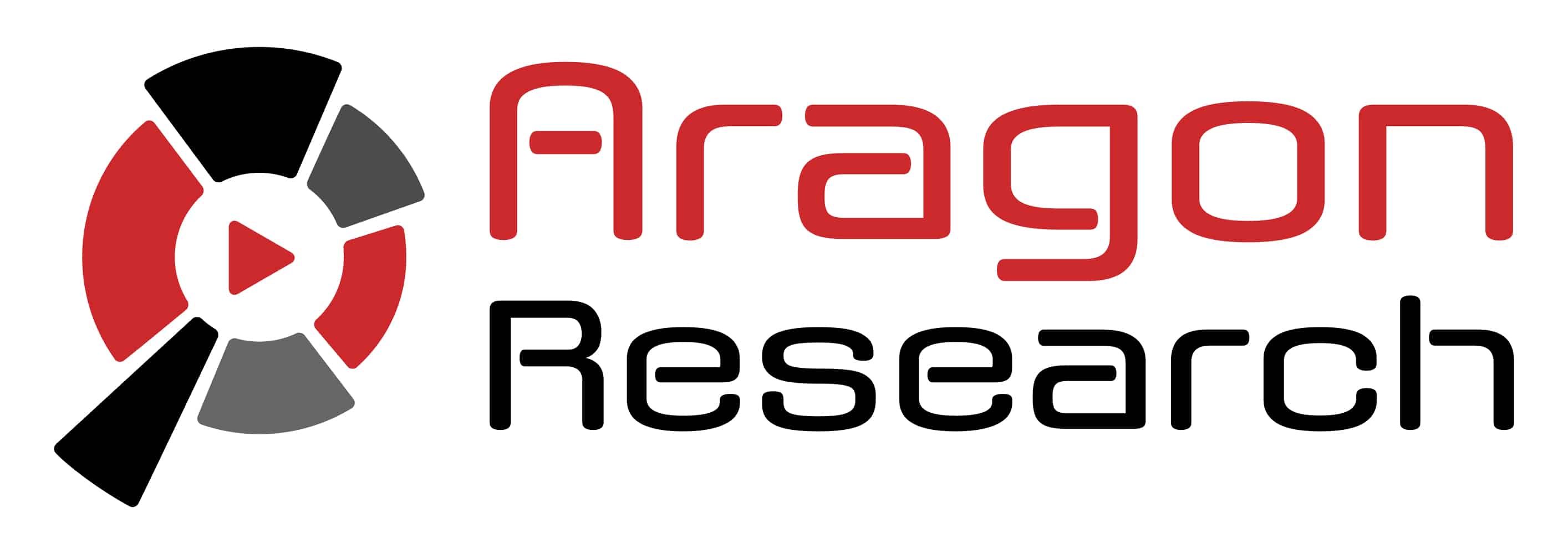Microsoft Copies Google with Edge Copilot Mode: The Browser Is the New AI Battleground
The web browser has evolved from a simple document viewer into a sophisticated application platform. Now, its next major transformation is here, driven by generative AI. Microsoft’s recent announcement of “Copilot Mode” for its Edge browser is a clear move in this new direction, aiming to redefine the browser as an active AI partner.
This blog will analyze this strategic launch and what it signifies for the future of web interaction.
Why Did Microsoft Launch Copilot Mode?
Microsoft has introduced Copilot Mode as an experimental, opt-in feature for Edge, designed to create a true “AI browser.” The core idea is to embed an AI assistant directly into the Browse experience that can understand a user’s research goals, predict their needs, and take action on their behalf.
At launch, the feature allows users to chat with Copilot for contextual help on any webpage, such as asking for recipe substitutions without needing to copy and paste the text. More advanced capabilities include acting as a research companion that can, with permission, view all open tabs to help with complex tasks like comparing products or flight prices across multiple sites.
Analysis: Shifting the Battle from Search to the Browser
From an Aragon Research perspective, this move is a deliberate attempt to shift the primary battleground for AI supremacy from the search engine to the browser itself. For decades, the war for user intent and advertising revenue was fought on the search results page. With Copilot Mode, Microsoft is making a strategic play to make the entire browser the main AI interface. By deeply integrating an assistant that can operate across tabs and websites, Microsoft aims to become the user’s primary “agent” for navigating the web.
This strategy has the potential to disintermediate traditional search. If a user can ask their browser’s AI to “find the best price for a flight to New York next month” and the AI can open several airline sites, compare the options, and present a summary, the need to repeatedly return to a central search engine is significantly reduced. While the “agentic” capabilities for performing complex actions like booking are still nascent, they represent the clear endgame. The provider that builds the most trusted and capable AI agent within the browser will be positioned to own the next era of the web.
Did Microsoft Copy AI Mode from Google?
The launch of Copilot Mode in Edge will feel very familiar to users of Google Search AI Mode features which will run in any web browser. The core concept of an integrated AI assistant that helps users browse, research, and interact with web content is not new; Google has already introduced similar functionality with its AI Mode in Google Search. Both platforms aim to create a more interactive and intelligent Browse session.
The similarities are striking. Both Microsoft’s Copilot and Google’s AI can help summarize web pages, assist with writing, and provide contextual answers without forcing the user to switch to a separate tab. Microsoft’s ability to scan across multiple tabs for research mirrors capabilities that are also central to an AI-assisted Browse experience. While Microsoft is branding its effort as a singular “Copilot Mode,” the functionality closely parallels the set of AI tools Google has already integrated. From this perspective, Microsoft’s move appears to be less about pioneering a new category and more about ensuring feature parity in what is quickly becoming a standard for modern browsers.
Bottom Line
Microsoft’s launch of Copilot Mode in Edge is a significant move in the evolution of the web browser. It is a deliberate strategy to shift the center of AI interaction from the search engine to the browser itself. By aiming to create a comprehensive AI assistant that can understand and act on user intent across the entire web, Microsoft is ensuring it remains competitive in an era of agentic web experiences.
While not a new concept, this move signals that the AI-powered browser is now table stakes, and the battle will be won by the provider who creates the most helpful agent for navigating the digital world.

Have a Comment on this?